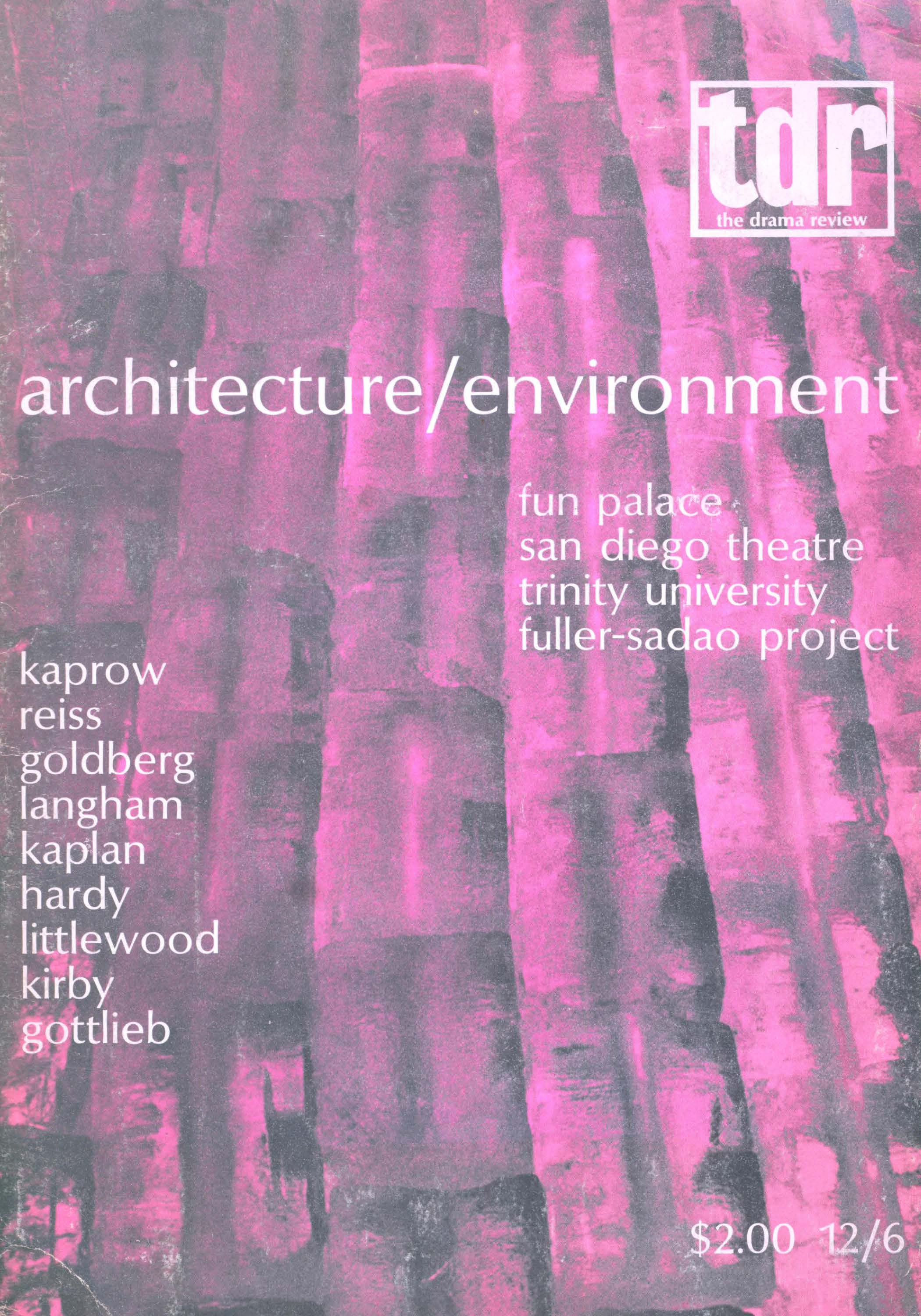Article contents
German Expressionist Acting
Published online by Cambridge University Press: 07 December 2021
Extract
The New Man possesses even greater, more direct feelings. He stands there grasping his heart. And from the surge welling up in his blood, he is in an absolutely impulsive state. It is as if he would wear his heart painted onto his chest. Now he is not an image anymore—he is actually MAN. Completely entangled in the Cosmos, but with cosmic perceptions. … Not counterfeit thoughts, but his emotions alone lead him and guide him. Only then can he advance and approach absolute Rapture, where the tremendous ecstasies soar from his soul…. Yet, these New Men are in no way crazy or foolish. Their thought-processes work according to a different nature. They are untouched. They reflect upon nothing. They live not in circles nor through echos. They experiencedirectly. And that is the greatest secret of their artifice: it is without psychology.
Kasimir Edschmid, On Poetic Expressionism, 1917- Type
- Expressionism Section
- Information
- Copyright
- Copyright © 1975 The Drama Review
References
* Neo-Romanticism, Impressionism, and Late Symbolism were the labels given to the turn-of-the-century theatrical trend led by Max Reinhardt and Hugo von Hofmannsthal in Central Europe. Typically, it emphasized classical and Romantic plays mounted in a monumental style.
The figure above is a costume-drawing for Schreyer's Child-Deaths.
The photograph above is from Martin's production of The Transfiguration, & performance that exhibited characteristics of the Schrei and Ich styles.
- 4
- Cited by


